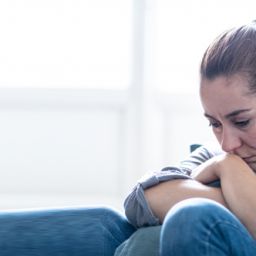
Who are affected with Female Pattern Baldness
Female pattern hair loss (FPHL) has emerged as the preferred term for androgenetic alopecia in females that is characterized by a reduction in hair growth over the frontal scalps and crown. Fewer than 45% of women go through life with a full head of hair.
It is commonly seen in women who are ageing. The cause of female-pattern baldness cannot be specified as such, because there are varied factors that make a difference to the hair growth. When a person suffers from female-pattern baldness, the hair follicles shrink down over a period of time, which further results into shorter and thinner hair. The follicle is unable to regrow new hair which ultimately results into baldness.
The reasons for female-pattern baldness could depend on various factors. These include family history of female-pattern baldness, ageing, deficiency of iron and Vitamin B and fluctuations in the hormonal levels. However, there is no itching or sores, but it is generally through skin biopsy or blood test that the reason for this is detected. Though in most of the cases the hair loss if from mild to moderate.
Apart from these women, you can also see female-pattern baldness in:
• People who suffer from certain diseases that leads to scarring of hair follicles
• Due to major illness or pregnancy
• People who have hit their menopause
• Due to medications such as beta blockers or chemotherapy
• Deficiency of vitamins or thyroid hormones



